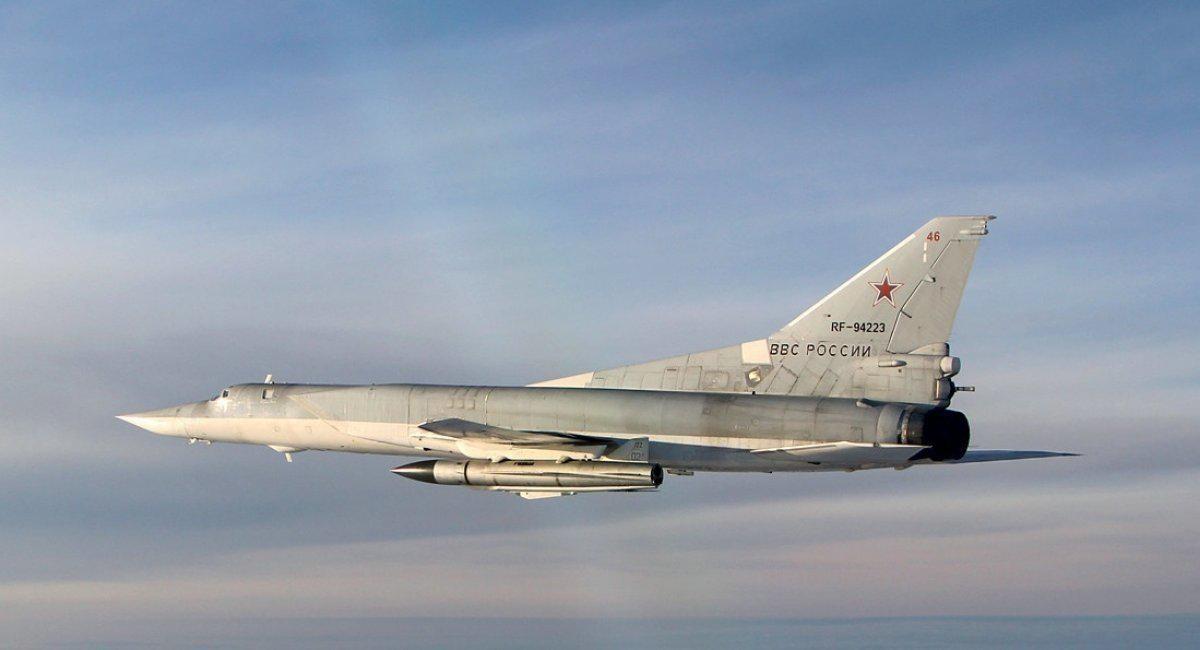A failed Russian missile raid is the latest reminder that high-tech deep strikes are only as good as the intelligence supporting them. And in this case, the intel was bad.
Russo aimed a ballistic missile at what appeared to be high-value targets—and missed. The drone-hunting plane the Russians hoped to blow up wasn’t there.
On or just before 23 May, Russia’s strike complex—aerial or satellite intel cueing air or missile raids across Ukraine—identified what the Russian planners clearly believed were active Ukrainian warplanes at an airfield in Dnipropetrovsk Oblast, 50 km from the front line in southern Ukraine.
A ballistic missile, potentially a $3 million Iskander—one of Russia’s best missiles—streaked down. The airfield burst into flames.
The targets, according to Russian bloggers, were three propeller-driven “drone-destroyers.” A clear reference to the old Yakovlev Yak-52 piston-engine training planes Ukrainian forces fly on anti-drone patrols.
Yak-52s would’ve been worthwhile targets. Ukrainian airmen have been taking charge of the 1970s-vintage planes, apparently buying or borrowing them from civilian flying clubs, and flying them over front-line cities in southern Ukraine with a pilot in the front seat and a shotgun-armed gunner in the back seat.
The shotgun-armed Yak-52s—inexpensive, slow-flying, and maneuverable—are perfect drone hunters. In a heady three months starting last May, one Ukrainian Yak-52 shot down a large number of Russian drones over Kherson Oblast.
Fans of the World War I-style barnstormer posted videos and photos of the Yak-52 in action and on the ground. A growing number of kill markings on the side of the old trainer spoke to its effectiveness. It worked so well that the Ukrainian intelligence directorate also began training gunners to hunt Russian unmanned aerial vehicles from locally-made Aeroprakt A-22 sport planes.
That first Yakovlev drone killer was so irritating to Russian planners that, in July, they targeted the plane at its apparent base near Odesa. On 15 July, a Russian drone surveyed the airfield, pinpointing several parked Ukrainian UAVs, as well as hangars where the Yak-52 may have sheltered.
Successful and unsuccessful strikes on Ukraine’s drone-hunters
An Iskander ballistic missile streaked in, exploding between the drones and the hangars. One analyst scrutinized video and satellite imagery and concluded that the Iskander damaged three drones and several hangars on 15 July.
It’s unclear whether the Yak-52 was in one of the damaged hangars. But it’s telling that, after the strike, there were no new sightings of the famous piston plane.
There are scores of Yak-52s in Ukraine. And there was nothing stopping the Ukrainian defense ministry from acquiring a replacement plane. Eight months later, a second Yak-52 drone killer took to the air.

A screengrab from the video feed of a Russian surveillance drone that circulated online on 24 March depicted a dramatically painted Yak-52 maneuvering into position so its back-seat gunner can take a shot at the drone with a rifle.
It was that plane, or its equivalents, that the Russians were apparently targeting on 23 May—obviously hoping to duplicate their July success.
But the intel was wrong. Commercial satellite imagery indicated the planes at the Dnipropetrovsk Oblast airfield were Antonov An-2 biplanes, apparently belonging to a pre-war skydiving club, now defunct—not the mono-wing Yak-52s that have been sweeping Russian drones from the sky over southern Ukraine.
Footage of Russian missile strike on a small airfield located near Kyslychuvatka in Ukraine's Dnipropetrovsk Oblast.
— Status-6 (Military & Conflict News) (BlueSky too) (@Archer83Able) May 23, 2025
The only planes stationed at that airport are Soviet-era Antonov An-2 biplanes. As Google Earth satellite imagery show, those An-2s have been there for years (pic… pic.twitter.com/wxRkIFFZpE
A four-ton, 500-km-range Iskander is a powerful missile. And the Russian deep strike complex is a constant threat to Ukrainian forces everywhere in the war-torn country.
But a missile strike is only as effective as its supporting intel. In this case, the intel was bad. So the Russian missile likely blew up old, grounded An-2s.
Ukraine’s Yak-52—or Yak-52s—survived to fight another day.
The bad news for Russian strike planners is good news for Ukrainian airmen and the troops and civilians they protect.






